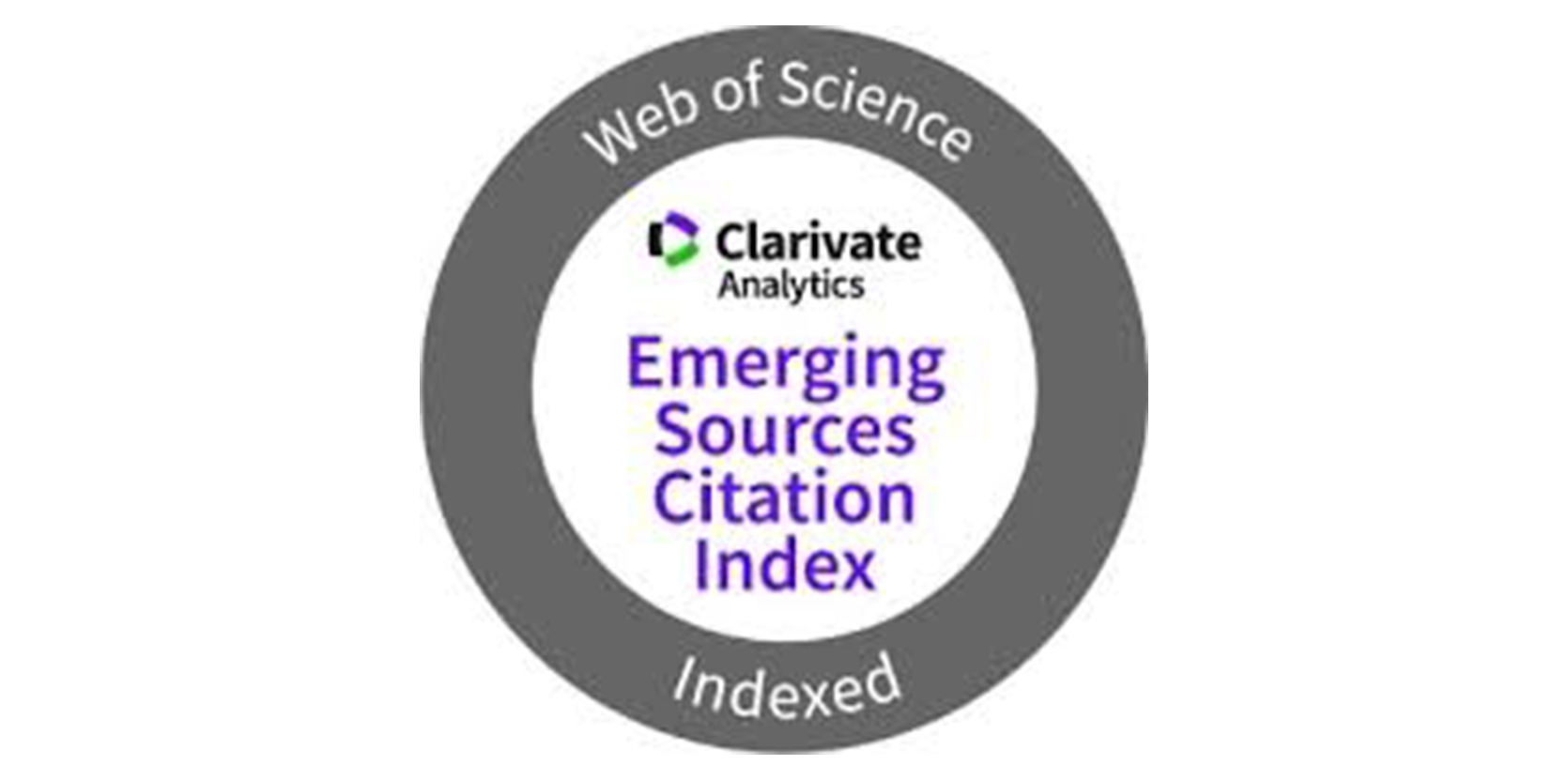Adolescents and Scientific Careers. Interests, Scholastic Experiences and the Opinions of Italian Student
Pellegrini Giuseppe
University of Padova, Italy
Saracino Barbara
University Federico Secondo in Naples, Italy
КЛЮЧЕВЫЕ СЛОВА:
SCIENCE, TECHNOLOGY, STEM, EDUCATION, MOTIVATION, SCIENTISTS, CAREERS
АННОТАЦИЯ:
This study investigates students’ views of science and technology, taking into consideration both internal and external factors. The article reports on the perceptions of 3,503 Italian students, focussing mainly on individual interests, scholastic experiences and their opinions concerning science and technology. A further analysis deals with the degree to which young people may consider following a career in scientific sectors. Findings show that although wider interests would tend to support future decisions, students appear to nurture ambivalent attitudes towards scientific careers. It is suggested that with respect to different levels of personal achievement in scientific careers various factors may have influenced the initial orientation. Such factors include the academic qualifications held by the students’ parents and the presence of science laboratories at the schools they have attended. These variables moreover only appear to affect a student’s intention to seek admission to a science faculty. In the presence of an intention to embark on a scientific career following graduation certain significant elements come into play, such as their participation in scientific events, the chance to come into direct contact with researchers and their confidence in scientific studies. If a student presents a desire to become a scientist, the degree of confidence that is felt with respect to this particular sphere also becomes significant. The pleasure in studying science subjects is the most influential variable, but its effect is reduced over the three stages of the envisaged or planned path.









